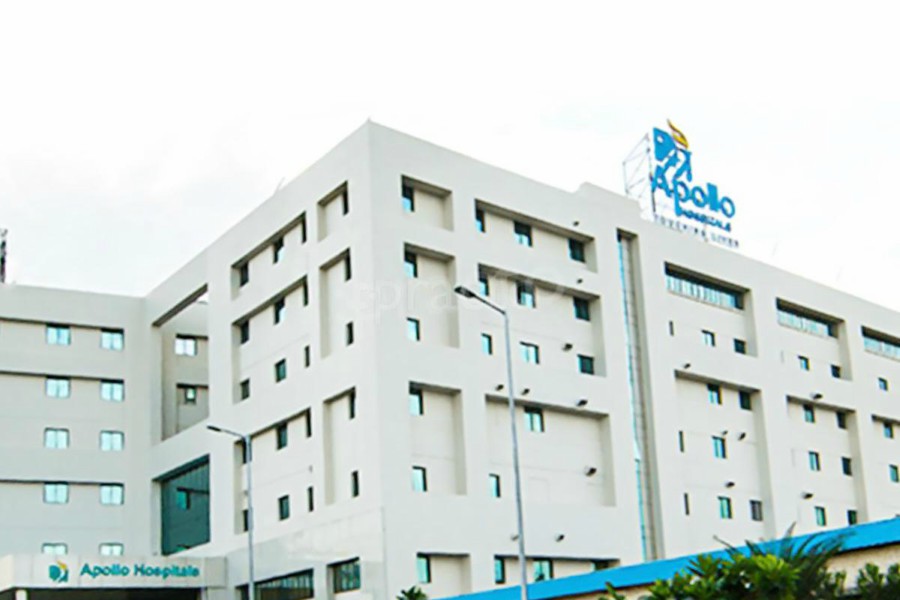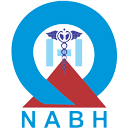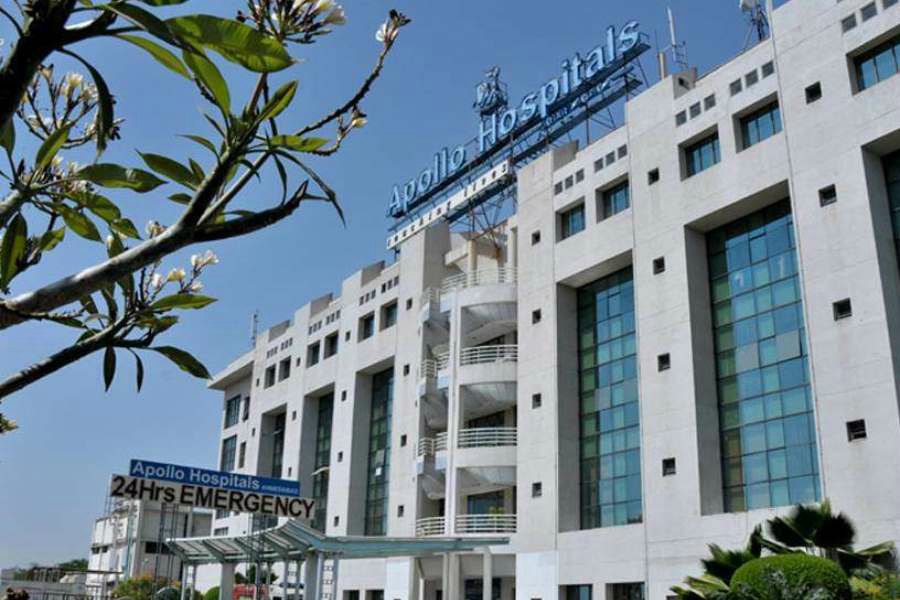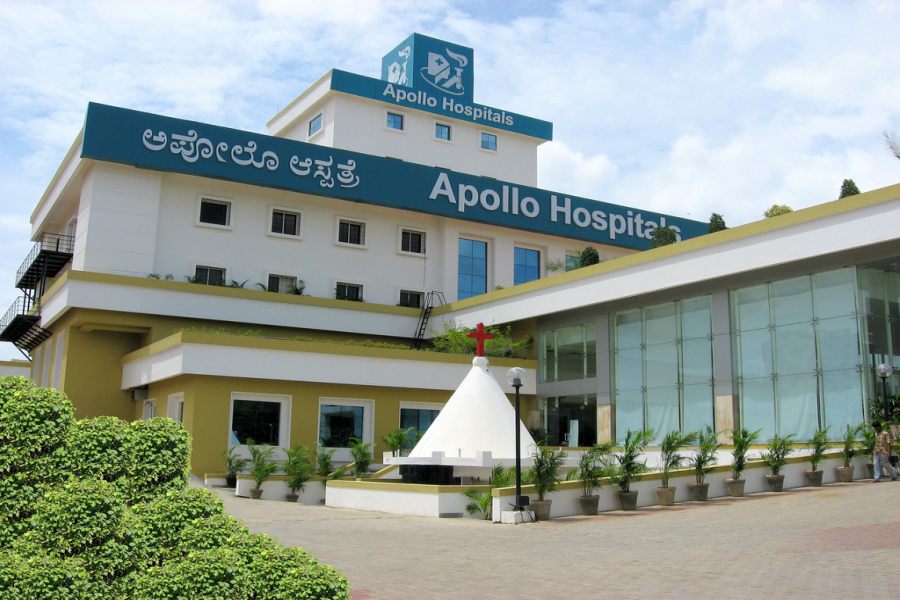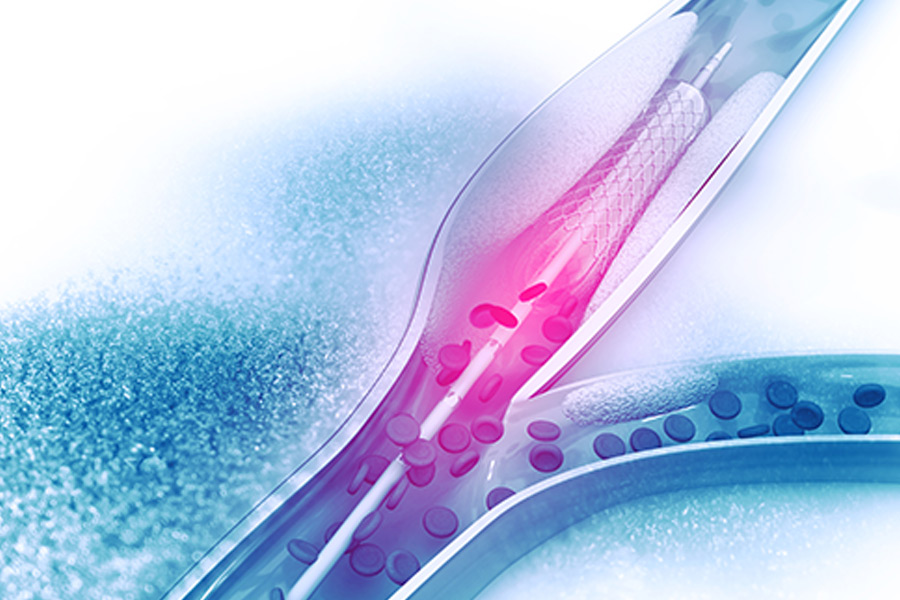
Overview
Angioplasty or coronary angioplasty or percutaneous intervention is a treatment procedure for treating arterial blockages in cardiovascular diseases. The procedure is done by temporary inserting and inflating a tiny balloon in the area where there is arterial clog, which results in widening of the artery. Sometimes it is combined with the placement of a permanent small wired mesh tube called stent to help the artery remain open and reduce the chances of re-narrowing.
Based on the nature and position of blockage, your doctor will evaluate the type of angioplasty in combination to the balloon to be done. Some of which includes:
- Use of drug eluting stents
- By using a mini rotating blade
- By using a laser in excimer laser angioplasty
- By a diamond studded drill
- By intracoronary radiation
SYMPTOMS
Angioplasty is done to treat arterial blockages. The blockages mainly occur due to:
- Atherosclerosis: The slow buildup of plaques in your blood vessels.
- Coronary artery diseases: The blockage of the arteries carrying oxygenated blood to heart muscles.
- Peripheral artery diseases: The narrowing of arteries in legs and arms.
- Carotid artery stenosis: The narrowing of neck arteries supplying blood to brain.
- Narrowing of arteries in chest, abdomen, pelvis, arms, and legs.
- Renal vascular hypertension: Where high blood pressure is caused by the narrowing of arteries in kidney.
- In case the dialysis fistula and grafts are narrowed or blocked.
- Angina: Severe chest pain or tightness in the chest area felt on the middle to left side of the chest.
- Feeling short of breath.
- Heart attack.
However, it should be noted that angioplasty isn’t a treatment for all types of blockages. It is not done in case of:
- The main artery that brings blood to the left chambers of your heart is narrowed.
- If your heart muscles are weaker.
- In case you have multiple numbers of diseased blood vessels.
- In case you are diabetic, angioplasty can be carried out but with additional precaution.
In a nutshell, the decision of angioplasty is taken by the doctors depending on the extent of your heart damage and your overall medical condition.
DIAGNOSIS
Generally the most common sign a patient experiences is angina. Depending on the nature of angina, the doctors performs cardiac tests like ECG, stress test, along with additional chest X-Ray, chest CT scan, angiogram, cardiac MRI etc.
RISK FACTORS
Common risks in angioplasty include:
- Restenosis or re-narrowing of your artery which is common in 30% of cases where stents or drug eluting stents aren’t used.
- Blood clots can form within the stents after the procedure. Thus it is important to keep taking blood thinners like aspirin, prasugrel etc.
- Bleeding in the area where catheter was inserted is common due to bruising. However in case excessive bleeding you may need transfusion or surgeries.
- Chances of heart attack during the procedure
- In case the coronary artery is ruptured or torn during the procedure
- In patients with severe kidney problems the contrast dye which is used may result in kidney problem
- If the blood plaques break loose when the catheters are being threaded in aorta it can cause stroke
- Abnormality in heart rhythms
POST-OPERATIVE CARE
- In case you had a non-emergency procedure, you will be released after 24 hours observation.
- In general you can return to your normal routine within a week of procedure
- in case you had an heart attack, the recovery period will be higher
- Drink plenty of fluids to flush the contrast material out of system
- Avoid any kind of strenuous activity or any kind of heavy-lifting
Call doctors for immediate help in case:
- The accession area starts to bleed or swell
- You feel certain discomfort or pain in the area
- In case of any redness, swelling, drainage or fever
- Hotness or change of color in that limb
- You feel faint or weak
- Chest pain
- Fatigue
TREATMENT
Before the procedure
- Before scheduled angioplasty doctors will check the patient’s detailed medical history along with performing a detailed physical examination.
- A coronary angiogram is likely to be done to determine the exact nature of the blockage
- Generally you need to stop eating and drinking 6-8hours before procedure.
- Certain routine tests like chest X-ray, electrocardiogram and blood tests will be run
- You should adjust your medication before angioplasty as per doctor’s prescription
During the procedure
Angioplasty is not a major surgery as it is done by inserting a catheter. The steps during angioplasty are:
- You will be asked to lie flat on back on the angio table
- Your heart rate, blood pressure etc. will be constantly monitored
- An intravenous IV line will be administered in the vein of your arm so that you are mildly sedated
- Alternatively you may receive general or localized anesthesia.
- The area in your arm of leg where the accession point will be made is cleaned, sterilized and covered with surgical drape.
- Generally the femoral artery in your groin is selected for the procedure however arm or abdomen arteries are also selected
- A small incision will be made
- Sheath will be inserted first
- Then with the guidance of live X-ray, the catheter will be inserted in vessels and will reach to the site of blockage
- Once in place the contrast material will be injected for clearer view of blockage
- Then doctor will cross the blockage with a guide wire
- This will allow the balloon tipped catheter to pass over the wire
- Once the catheter is across the wire it will be inflated for a short span
- Sometimes the balloons are needed to be inflated multiple times for easing the blood flow.
- X-rays are taken to check the improvement in blood flow
- Sometimes stents are needed to be permanently placed
- At the end of procedure the balloon is removed
- Pressure will be applied to stop bleeding
- The opening will be dressed.
The entire process of angioplasty takes around 30-90 minutes to complete and you will able to walk within 12 hours or so after the procedure. You can fly back to your country within 4-7 days in case of uncomplicated procedures.
FACTORS AFFECTING COST
The cost of complete procedure should include:
- Cost for stent
- Surgeon fees
- Cost for 2 3 days of hospital stay
- Patient’s food
- Cost for drugs and other consumables
Note that price might vary according to the number/type of stents implanted during angioplasty.
FAQ
Angioplasty is a minimally invasive procedure where a balloon tipped catheter is inserted to open a blocked blood vessel and improve the blood flow.
The procedure of angioplasty can be conducted for relieving the blockage of blood flow in any part of the body. In case it is done in coronary blood vessels it is called coronary angioplasty. In case other blood vessels it is known as carotid artery.
It is generally suggested when the obstruction of blood flow is 50% or more in left main coronary artery or it is 70% or more in major epicardial vessels i.e. the vessels lying in heart or branch vessels. The amount of blockage is checked by conclusive noninvasive cardiac tests.
A local anesthesia is given in the area from where the catheter is inserted. During insertion you might feel a peck or pressure in the area. Overall anesthesia is not needed. You might be given mild sedative to loosen up. However, once the catheter is inserted you shouldn’t feel anything. Tell doctors immediately in case you feel uncomfortable.
The procedure takes around 30 -90 minutes and hospital stay for another couple of days. You will be able to return to work within few weeks of surgery
Angioplasty has a success rate of 90% and more in opening coronary arteries.


 Best Hospitals
Best Hospitals
